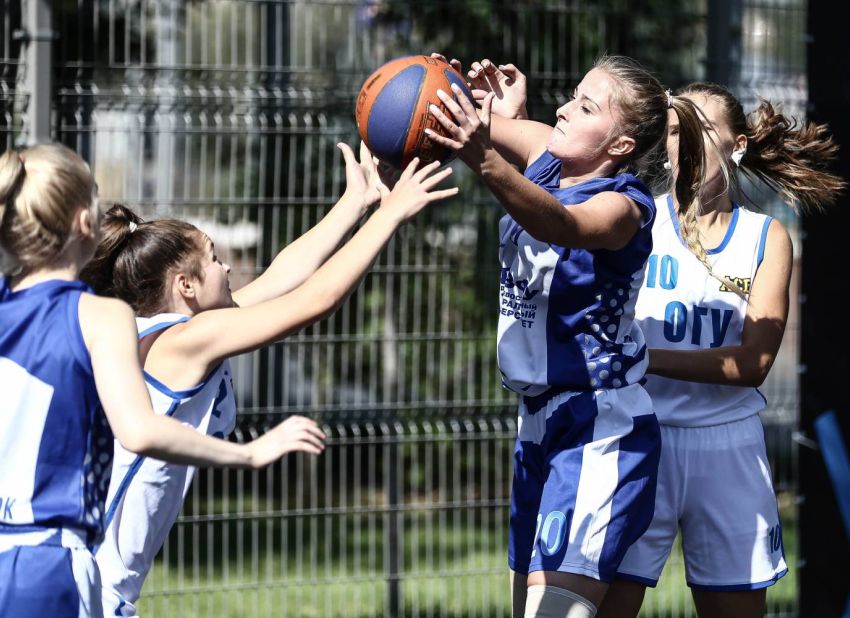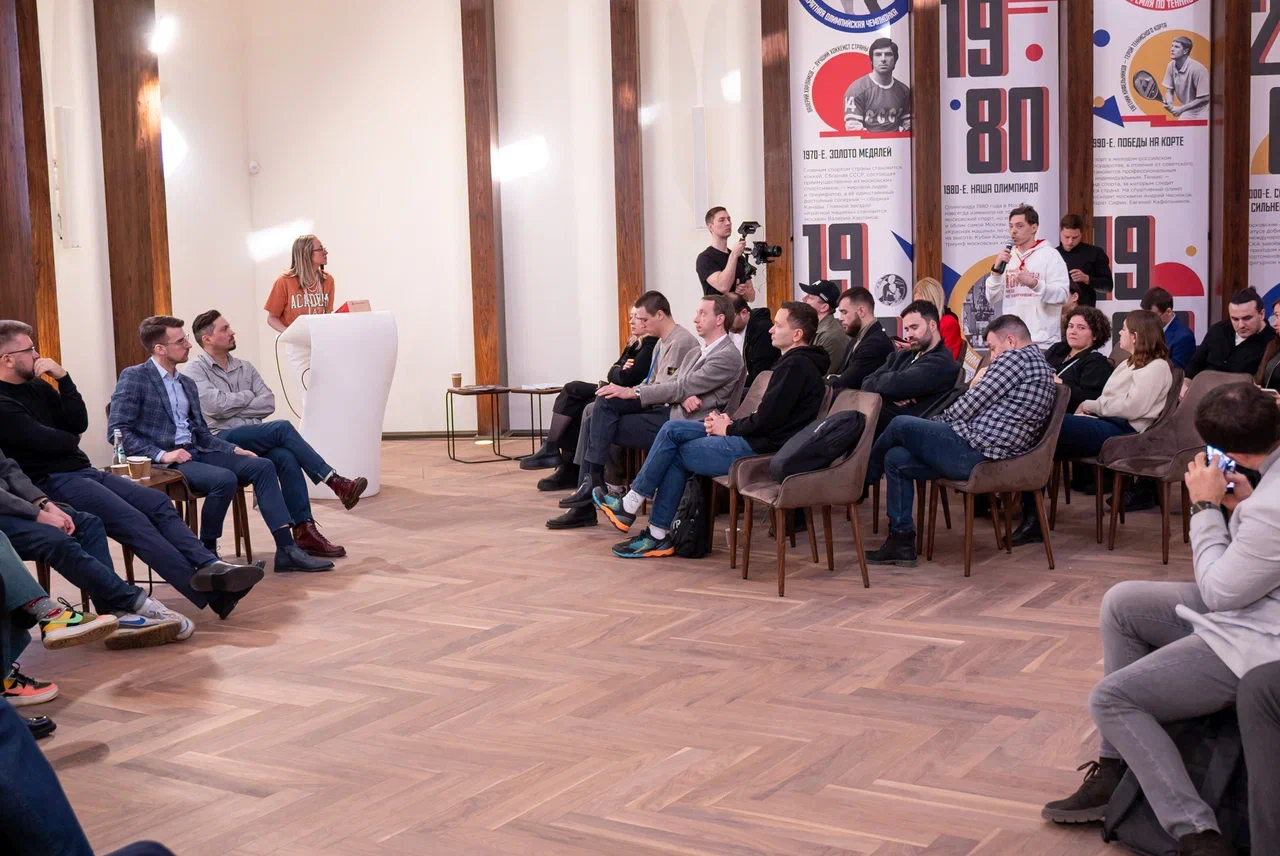Tatyana Verina
"SBC. Sport Business Consulting" № 4/5 2012, September/October
Many investors complain that building stadium and health and fitness centers (HFC) is not profitable. SBС tried to answer the question as to why private business should build sport centers, and whether the state always has to force them to do so.
In general, for individually examined objects of social function, which sport structures are, a length period of return of capital investments is characteristic – a minimum of 10 years (and in the situation of the unstable world economy it is even more, 20 and even 30 years are not the limit), and also a low profitability – just a few percent. Therefore, without various kinds of compensations and “additional advantages”, private investors who are not passionate sport fans will not invest in building sport objects of their own accord, or become a party in a state-private partnership. These advantages may be, for example, in the form of allocation of lands and permission to build residential or commercial buildings on them, in order to sell them later at a profit, or to operate them.
A separate issue is the deeply corrupt system by which the state, using overestimated budgets, compensates a percentage of expenses which is much higher than the declared one.
Regional HFCs: charity or calculation?
As well as large-scale projects for international sporting championships, we should also not forget about the construction of sport objects that are not connected with these events.
At the conference “The role of business in the realization of the national sporting idea” held in March 2011, the president of the Russian Builders’ Association Nikolai Koshman noted that the optimum system for financing the construction of sport objects is state-private partnership. As an example, he gave the Nizhny Novgorod Oblast, where three concessional agreements were signed for a period of 10 years, in which the private partner, Lider, through the company Volga-Sport that it controls, undertakes to finance, build, equip and operate three health and fitness centers.
However, the investor claims that the project is a social one and does not bring in any profit as such. Three HFCs were built in the rural regions of the Oblast for 1.37 billion rubles. The funds were attracted in 2011 as part of a bond loan of Volga Sport bought back by Lider’s client foundations. The interest rate of the first of the ten coupons of the loan was sat at 9.75%, and all the subsequent ones according to the scheme of “inflation + 2.5%”. These expenses are compensated for by the budget of the Nizhny Novgorod Oblast – the authorities took the HFCs built by Volga-Sport on lease, and after ten years, under the terms of the agreement, the objects will be transferred into the ownership of the Oblast.
Also under the conditions of state-private partnership, in 2011 an ice hockey stadium was built in Novomoskovsk (Tula Oblast) under the scheme “60% private capital, 40% state investments”. In this case, the scheme is as follows: the city municipality provided the land plot; with funds from the federal budget, metal structures and equipment was purchased, delivered and assembled; the construction was directly financed by the company EvroKhim.
Also according to a scheme similar to the above, construction of ice stadiums is underway in Nevinnomyssk (Stavropol Krai) and Kingisepp (Leningrad Oblast), with investment of over 200 million rubles in each. In both towns, EvroKhim enterprises are located. In future, the company plans to build ice hockey stadiums in all the regions where it has a presence.
Universiade-2013
In May 2008, when it was not yet certain whether the Universiade would be held in Kazan, the minister for youth, sport and tourism affairs of Tatarstan Marat Bariev announced that the budget for the event, if it was held, would come to 604 million Euros, including the construction of all the necessary infrastructure and the village of the Universiade, including 10.1% of the sum from the republic’s budget, and 8.3% from the local budget. The remaining funds would come from investors, the federal budget and private foundations. Around four years later, in February 2012, the total budget was already valued at 130 billion rubles, including around 120 billion for the infrastructure. Vladimir Leonov, the general director of the Kazan – 2013 executive board, stated at a government briefing: “Financing of the Universiade is rather difficult because it is consolidated, and not from a single source. We plan to divide it into an infrastructure budget and operations budget. Even the infrastructure budget is heavily consolidated because there is the federal budget, the republic part of it, and extra-budgetary sources”. This is mainly federal money – budget loans. These loans were issued starting from 2010, for a term of three and five years, with an average interest rate of 3.4% per annum. Leonov does not reveal how much the budget of Tatarstan gives to the Universiade, but the head of the financial board of the executive department of Kazan Airat Garipov reports that federal funds make up the lion’s shares, and that the city will not spend anything. It was previously reported that the total volume of financing projects for building sport centers would come to 44.2 billion rubles, of which 36 billion is federal subsidies, and the remaining funds are allocated from the republic budget.
Olympics-2014
At present, the transformation of Sochi into an Olympic resort city is estimated at 1.3 trillion rubles (around 200 billion rubles, or 15%, will be directed to building sport objects, and the rest on infrastructure), and the main portion is government expenditure; Gazprom leads by volume of investments. The exact proportions of the expenses are unknown (even Sergei Stepashin, the head of the Accounting Chamber, complained that it is very difficult to grasp the budget financing of the Olympics: the sum is divided into an enormous number of items among 14 departments).
To recap: the initial version of the Olympic budget proposed a total sum of 316 million rubles, of which 185 billion was expenses of the federal budget, and around 100 billion was to come from private investors, including from abroad. The former head of the Olimpstroi state corporation Viktor Kolodyazhny proposed to involve companies from the USA, Austria, Germany, Spain etc. as possible participants in Olympic construction. However, the crisis struck, and only Russian entrepreneurs remained among the major investors, who are kept in Sochi by the money they previously invested in projects, or by “social responsibility”.
At the end of last year, all the private investors of the Olympics decided that they could not recover the expenses on the objects they were building, and appealed to the authorities to subsidize the interest rate on the loans from VEB bank, or to buy back the share in the companies or the buildings themselves, or alternatively to transfer the lifts and other sporting infrastructure to VEB as a way of paying off the loans.
The investors all talk of a “gigantic loss”. At the same time, even rough calculations (if one divides the prime cost of all the project by the number of square meters of real-estate which have market value) show that Olympic investments may be recovered with a decent profit. For example, according to calculations by Vedomosti, the prime cost of the Olympic apartments of Deripaska is less than 73,000 rubles per 1 m² - while the average sale price, according to Penny Lane Realty, is 128,000 rubles. And the prime cost of real-estate at “Gorki-Gorod”, which is being built by Krasnaya Polyana, is less than 70,00 rubles per 1 m². On the other hand, it is so far hard to say how apartments will be bought up, and whether hotels will pay for themselves. In theory, after 2014, an enormous amount of unwanted housing and hotel rooms may be dumped on the market.
In summary, we can say that building sport objects partially or fully with funds of a private investor usually involves giving this investor additional advantages. Building sport structures at government expense, when large-scale construction is involved, usually involves corruption schemes. In the case of a relatively inexpensive regional object, when the money is allocated tightly and it is not possible to go over budget, the expenses may be compensated for the contractor working at a minimum profit or without any profit at all, with various types of bonuses.
Ceremonial building
Many investors complain that building stadium and health and fitness centers (HFC) is not profitable. SBС tried to answer the question as to why private business should build sport centers, and whether the state always has to force them to do so
Нашли ошибку? Выделите ошибочный текст мышкой и нажмите Ctrl + Enter








